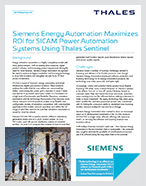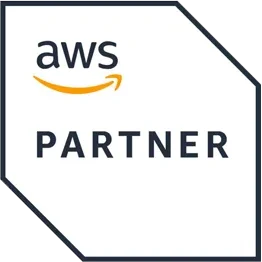In the early days of software, there weren’t a whole lot of software license models to choose from. Usually, you purchased a program by buying a disk—a CD, or further back, a floppy drive—that had a license built-in. That license was a perpetual license: you bought it once and the software was yours to use forever.
With the rapid development of digital technology and the ease of transferring large amounts of data over the Internet, software licensing models have changed. Today, the subscription model has become more popular.
What Is a Software Subscription License?
With a subscription license, instead of making a one-time purchase, you pay a monthly or annual fee to use the software. There has been a shift in recent years from seeing software as a product to seeing Software as a Service (SaaS). Products are usually purchased using a one-time payment, but ongoing services are often paid using a subscription model.
Advantages of Software Subscription License
When thinking about the pros and cons of subscription software, it’s important to consider the breakneck pace of digital development. Technology is changing so rapidly that a 5-year-old device may not be able to run the latest software. A subscription-based license is the best way to ensure that the software stays current and up to date.
Another advantage of subscription software licenses is that they grant both the vendor and the purchaser far greater flexibility. Vendors can easily offer multiple tiers of service, and customers can decide which of the subscription models best suit their needs. Even better, they can upgrade or downgrade their subscription model if their needs change. This level of adaptability is much better suited to our fast-paced and ever-changing world.
There are also financial benefits to subscription-based licenses. First, there is the fact that the client avoids the large up-front investment they’d need for a perpetual license. Second, it’s much easier to budget for a small, regular expense than for a large one-time payment. Third, the cost of maintenance, upgrades, and renewals is included in the subscription. A perpetual license might come with a warranty, but that will eventually expire.
These advantages to the customer are also advantages to the vendor. Subscription licenses create a steady stream of revenue, much more reliable than a one-time lump sum on a sale. It also means maintaining a continuous relationship with the customer, creating ample opportunity to build trust and rapport—which may in turn lead to additional sales.
Software Subscription vs. Perpetual Licenses
One way to understand the difference between a perpetual license vs. subscription license would be to compare it to owning a home vs. renting a home. Owning a home requires a big up-front investment. When you buy a home, that home belongs to you forever. When it requires maintenance, you’ll need to pay for that out of pocket. And if that house no longer meets your needs after a few years, you’ll have to either renovate it or sell it and buy a different one.
When you rent, by contrast, you don’t need to make a significant up-front investment: you might pay a deposit or two months’ rent initially, but then you simply pay per month. When the house needs maintenance, your landlord takes care of it. And if the house no longer suits your needs, you find a different one and move out.
A perpetual license is like owning a home. You make a hefty up-front investment and the software belongs to you forever, but it might become obsolete quickly. A subscription-based license is like renting. You pay a certain amount each month, and the fee includes any maintenance or upgrades to the software.
Given all the downsides of a perpetual license vs. subscription, is there ever a reason a perpetual license might be preferable?
There might be. If a company is planning to continue using old technology for a long time and will need the software to stay compatible, it might be better to buy a perpetual license. The cost of subscription licenses does add up after a while, so it might end up being more cost-effective to pay a large sum once and continue using the software for a long time.
Overall, though, between these two types of software licensing solutions, subscription software license models are the ones companies are choosing more and more. The flexibility and agility of the subscription model makes it an ideal choice in most situations





